|
Keeping it simple. I had a quick assignment for a Silver Crescent Scroll for Lucien de Wyntere, my former cadet. There was a delay so it was to be that I would take it, or it would end up being a backlog. I chose to do it with a week an a half turnaround. Thus only the final picture.
When we last left our intrepid explorer.............. I had made some paintbrushes and was continuing to figure out what was needed, what needed tweaking. It was one year ago Pennsic (August, 2013) that I visited with someone on artisans row who made her own paintbrushes. The brushes she made were big, she said all sorts of unkind things about Cennini (which may or may have not been true) and I was able to try out making a brush. I started looking for examples and pictures so that I could see what the paintbrush would look like in period and help to make more brushes.
Sofonisba Anguissola Artemesia Gentileschi Italian painter, 1532-1625 Italian painter, 1593-1652  So the brushes needed to be more slender, smaller. And as you can see from my second tries Here, you can see the first two to the left were the Version 1, the rest were Version 2. Thinner, but there was still some design flaws. So I acquired some materials. I actually bought a pelt of weasel (or ermine, or stoat). This little guys tail would be sacrificed for a paint brush. And I took some hair from my beloved. At Pennsic, I sent my minions out. Mistress Caitrin's twin boys are 14 and carry my favor. I dote on them, giving them shirts and other things, and they will do just about anything for me. Including hunt around Pennsic for appropriate sticks of the right length and width. After several tries they were able to come up with what I needed. It did feel like a medieval moment as it felt like this is what a craftsman of the time would do. He would send his very young apprentices out doing these things as part of their training. Alas, neither boy was much interested in pursuing what I was doing with the sticks beyond the response of "Cool" when I told them what I would be doing. I also purchased some fish glue from Guild Mirandola and some feathers. The materials all came back with me from Pennsic, waiting for the right synergy. About a week ago, I wrapped the human hair with the waxed thread, perfecting my wrapping technique. Today was cutting the ermine tail and wrapping it with the waxed thread. I also figured out that I should probably put together a materials list if someone wanted to try this or check their results against mine. At the end of this, I will provide the list. Next step, cutting the tips of the feathers and cleaning them out. I tried a couple of different methods. One was cleaning it out with a large needle, another was washing the inside out and then pushing the remains out with a needle. I could not find any mention of details so there was some experimentation. Both ways still provided satisfactory results. I pushed the wrapped hair into the ferrule (formerly tip of feather) with some fish glue delicately placed on the wrapped end. I then tipped the wood handle with fish glue and pushed it into the other end of the ferrule. I did this for the other wrapped hair and for the ermine. Then there was waiting while it dried. I could already see that these brushes were starting to look more like the paintings in the time period I was studying. Notes : applying the fish glue was a pain. It got everywhere. I took one of the wooden sticks that had broken into a smaller piece and used it to apply the glue, but I still ended up with glue dripping quite a bit. Fish glue had a more liquid state then other glues that I have used when first applying, but firmed up rather quickly. Results - I'm happy with the results. Left is the closeup, right is the whole brush. Bottom two are the human hair, and the ermine is the top. So let's look at the paint brush made and then a zoom in of Sofonisba Anguissola and her paintbrush. So let's compare the paintbrushes from the beginning and see there progression.
 The next steps: 1. Put this all together for Voyages of Discovery. 2. Make up some paint and do another test run on how the most recently made paint brushes react to paint. Record data. 3. Actually try to use the last three paint brushes to work on a painting. Things I learned: How to whittle How to tie similar to what you do to tying a fishing lure How to improve my craftsmanship
So I decided that we should do Calligraphy and Illumination and All Things Scribal at Pennsic during the afternoon in the Artisan's Row. The setting up was relatively easy to do. I proposed it at a Carolingian Calligrapher's guild meeting, people thought it was a good idea, and so I submitted a request to the coordinator and she said yes. Cool. Eleanor and I came up with the write up and we sent it out willy and nilly to people. Afternoon Art: All Things Scribal (2400) @ Pennsic Nataliia and Eleanor are hosting (along with other members of the Carolingian Calligraphers' Guild) a drop-in scribal afternoon at Pennsic, middle Saturday, 12:30-4:30, Artisan's Row B. Please feel free to drop in with any scribal questions, beginner or more advanced. We will have some materials and resources with us, and you are welcome to bring current projects, images of prior work or works in progress, etc to just work side by side or get some feedback and guidance. This is intentionally a drop-in, with no obligation to come at any particular time or stay for any particular duration, and our topics will depend on those who attend. Bios Nataliia Anastasiia Evgenova: Nataliia has been a scribe for the East Kingdom for over fifteen years. She is mainly an illuminator, specializing in portraiture and the use of period paints. Recently, she has also been experimenting with making her own paint brushes. Over the years, she has illuminated in many styles, representing a wide array of periods and cultures. She is a Companion of the Order of the Maunche in the East Kingdom, primarily for her illumination. She has also been working on her calligraphy in her spare time. Mundanely, she has a degree in Art History and Art Studio. Eleanor Catlyng: Eleanor began working on scrolls for the East Kingdom for over twenty years, but began calligraphing much earlier, when she received a calligraphy kit for her tenth birthday. She specializes in late period hands, but has done a wide variety of hands from all periods and many cultures (including hieroglyphics on real papyrus!) over the years. She sometimes illuminates when she cannot talk Nataliia or others into doing it. Occasionally, she stops calligraphing long enough for Nataliia to teach her about painting, too. She is also a Companion of the Maunche and Laurel for her work in this field. I only have been able to grab two photos of what happened. Photos by Brita Svensdottir. Eleanor and Eva Woderose were the calligraphy gurus, and I took on anyone needing help with painting, but we both crossed over to help and advise anyone who came in. The photo below is Eleanor showing some calligraphy examples, with some people working on painting, with paints that I laid out and showing people easier ways to do things. By the looks of things, Brita had just stood up and was taking the picture after she was able to practice some calligraphy and then paint the badge for the Golden Rapier. Below is Eva and I looking at...............something, with me with my eyes shut. :-) Unfortunately, I believe that this is an automatic reaction to a camera. It went well, we were able to work with several people who were interested in starting calligraphy and were able to give hands on training on things that people just don't even think about, like the Ames Lettering Guide, and using a t-square and the Ames Lettering Guide to set up your calligraphy. I was also able to get people excited about painting. It started out slow with only one person arriving the first hour and then departing and then people starting trickling in each hour until we had around 7 people by 2 p.m.
Thoughts for next year: Eva, Eleanor and I kicked around some ideas. One is to just have the three of us set up working on specific pieces much in a scriptorium style and talk about our pieces, our choices, and show our techniques. Another thought is to provide a topic each hour (research the first hour, layout the next, inking the next, calligraphy the next, painting the next, etc) so that we have some structure to the time. I had a couple of scrolls that I collaborated on go out at Pennsic, so I can publish the information now. The first scroll was a collaboration between Marguerite inghean Lachlainn and Cezilia Raposa on a Silver Rapier scroll for Robert Earlson. Being a close friend of ours, as well as Marguerite's husband, there was a lot of work that was done under his nose and there was quite a bit of running around in secret, passing the work back and forth. Plus we were sure that he would kill us DED when he found out. Marguerite came up with the words and her process is here. It told the story of Robert's adventures at Mudthaw in a very lovely way. I am in wonder of her writing ability. During that time a couple of us worked on the research for an appropriate Scottish manuscript. I enlisted the help of Aildreda who was able to pull some images, most of them were without any illumination, because the Protestants of the time period had basically shut down all production of manuscripts unless it was purely text. But we continued to dig and came up with several sources that might work. In the interest of sharing with people some of our finds in case they want to go in this direction, the links are as follows: http://www.bl.uk/manuscripts/Viewer.aspx?ref=add_ms_88929_f001ar https://images.nationalarchives.gov.uk/assetbank-nationalarchives/action/viewAsset?id=20095&index=1&total=29&view=viewSearchItem http://www.bl.uk/manuscripts/Viewer.aspx?ref=add_ms_33933_fs001r We decided to chose the first one and Cezilia got working immediately on the layout and commenced with the calligraphy. The manuscript that we chose was done between 1485-1509. It was a roll containing prayers in Latin and English to the Arma Christi, the Virgin and seven saints. The particular illumination that I found compelling was the unframed representation of the nails of the Passion, in burnished gold, piercing the Sacred Heart, the feet and hands of Christ, and the Crown of Thorns. This looked like swords to me, and well because Robert is mundanely a carpenter, the nail thing was neat and could easily frame the badge of the Silver Rapier. So what I started with as the exemplar is on the left, and what we ended up with at the end is on the right. And now to the process: First was sketching out the design and inking it in. The recipient's animal spirits are spiders, bats and I wanted to include the Northern Army star since he is in the Northern Army Rapier division.
Things I would do differently. I would position the nails/swords closer together and make the main illumination more unified and closer to the original. I need to work more with the mosaic gold because it is not laying down like I would like it to. I suspect that I simply need more practice. I did get some nice tips from Randthulfr Asparlundr, a Midrealm laurel who came to the Artisan's Row Scribal get together.
So on to the next project. This talk took place in 2012, and is on You tube thus proving that there is a lot of neat stuff out there. It is titled "New Research on Iron Gall Ink" by the Library of Congress.
https://www.youtube.com/watch?v=8WXwTDZkr78 It is a very long 2 hours, 32 minutes, 38 sec, however at the 7 minute mark to about 14 minute mark, there is a nice presentation on "What is Iron Gall Ink" that I found very interesting. This link was passed on by a colleague in the arts, THL Ian the Green who always posts neat stuff. His website you can catch at http://scribescribbling.wordpress.com/ 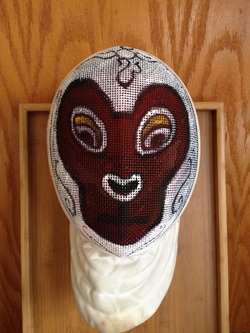 Today's "Journey to the West" by Wu Cheng'en dates 1500-1582 and well within the time period that we study in the Society. There is a certain man in my life that fancies himself a disciple of The Monkey King and has read the tales and studied the time period. Some time ago, I painted his fencing mask based on a Chinese opera mask of The Monkey King. I will admit that I have not done a ton of research, however, there is enough information that supports making such as mask, as there were masked operas as early as the 4th century in China and that one was even done to honor a general who went into battle wearing a mask. Seems very, very appropriate for Ogedei. So I found some representations on the web. It is not easy to find actual historical opera masks, there are plenty of modern ones, but there were enough that would give me an idea to run with. Some acrylic paint later, and the picture to the left and below. I am attempting to try and put together a website that can be a place where I put the things that I am working on artistically, put my ideas somewhere and provide information to people who want to try some things. We'll see how this goes.
|
NataliiaMy avocation is artist. This is where I leave art, the process of art and my discoveries. Archives
June 2022
Categories
All
|
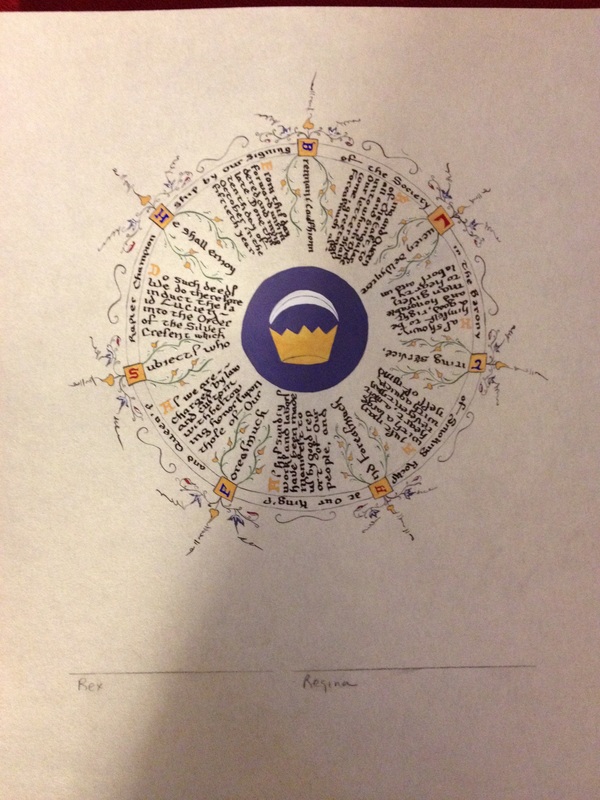
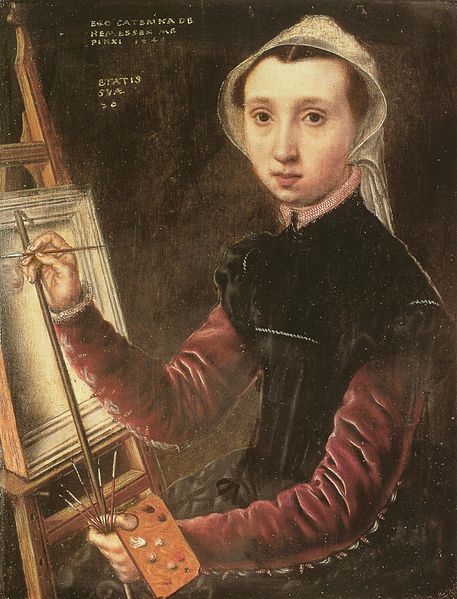



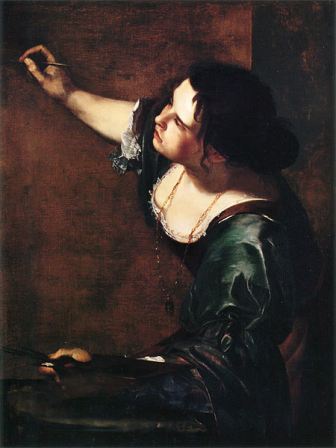

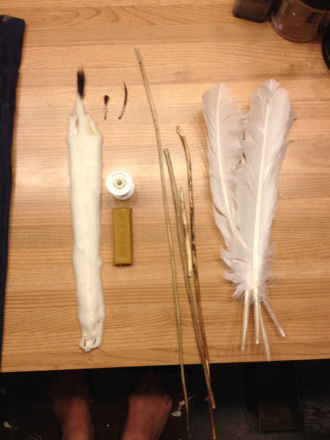
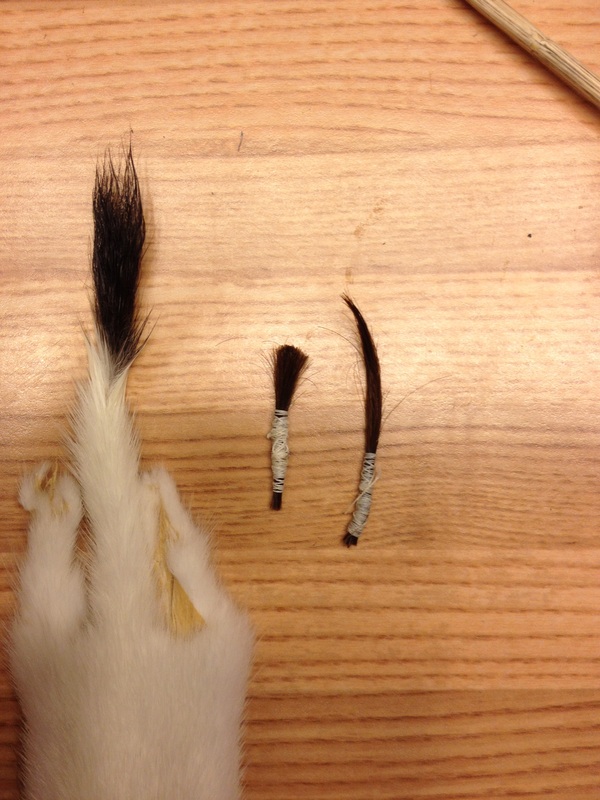
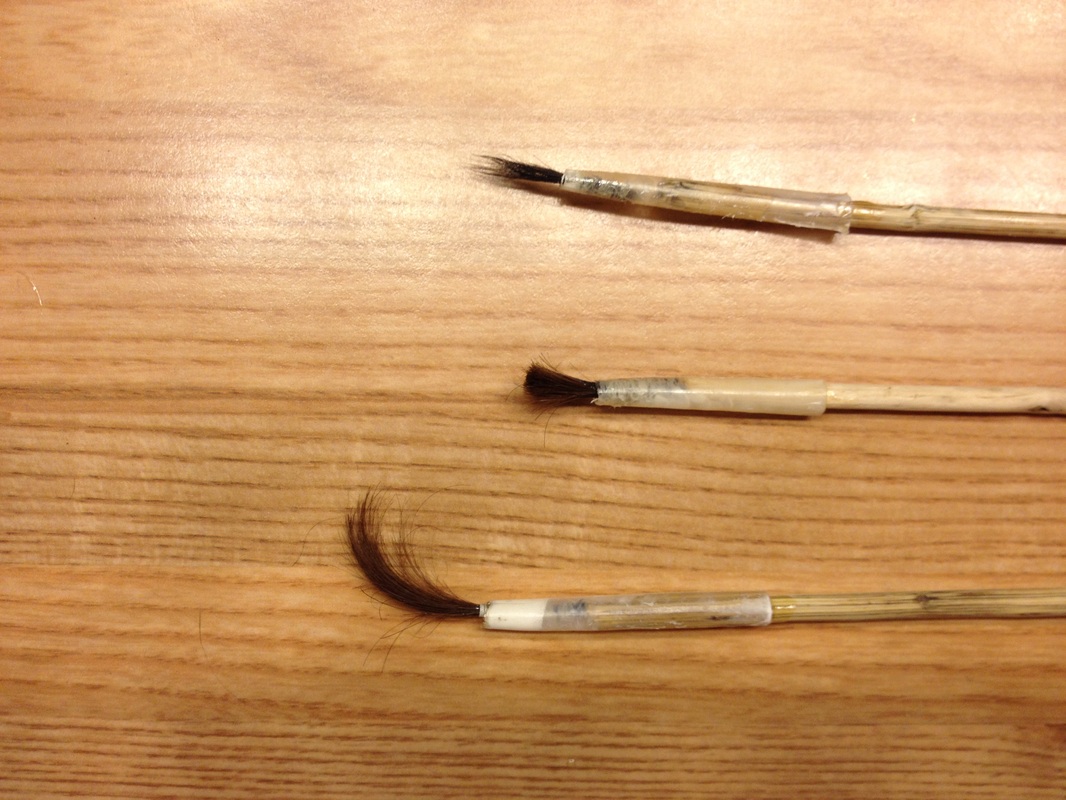
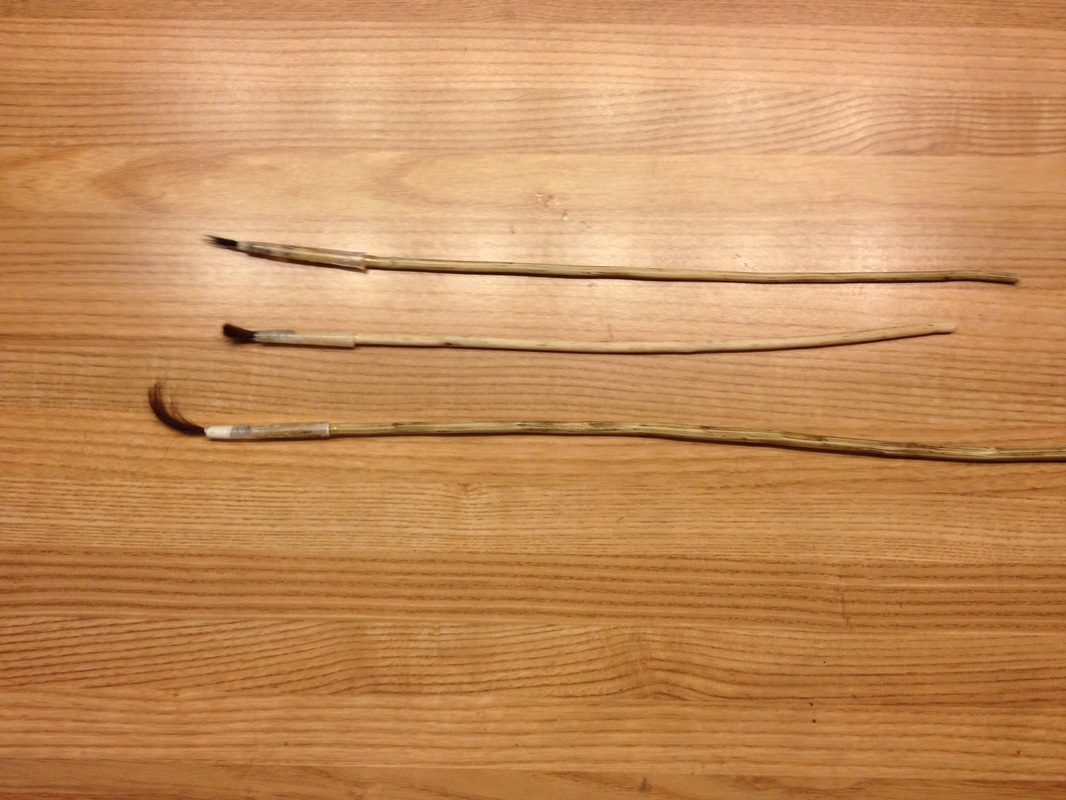
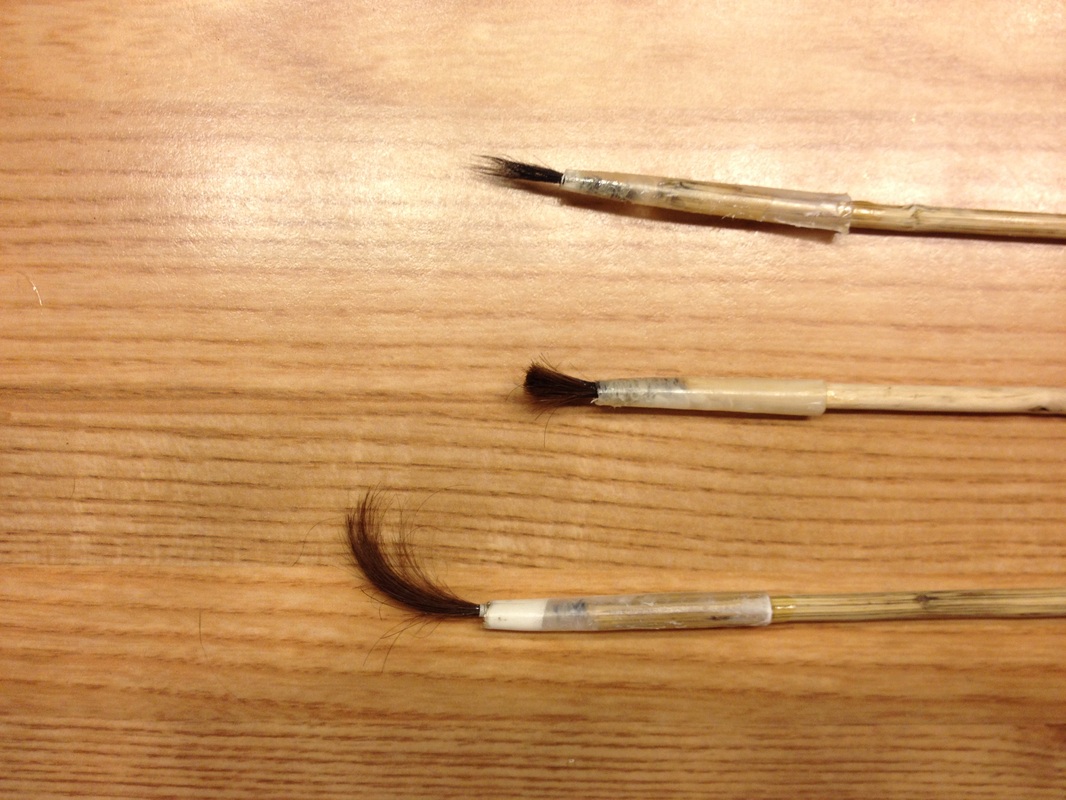

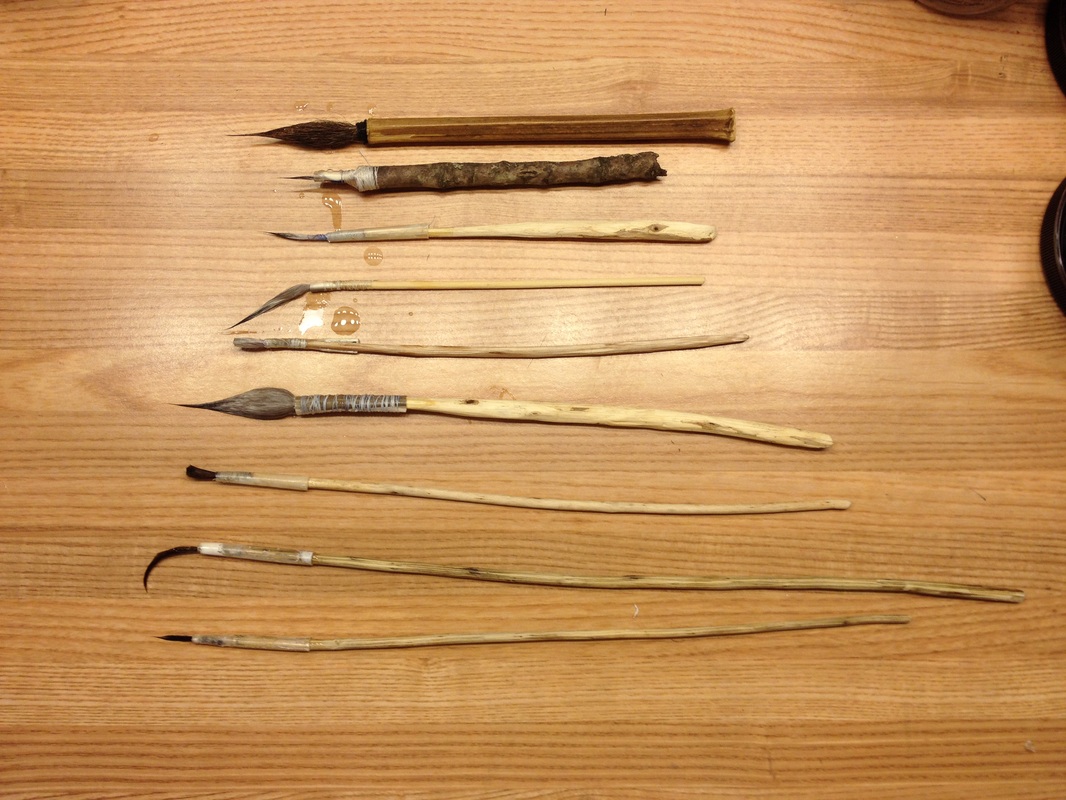
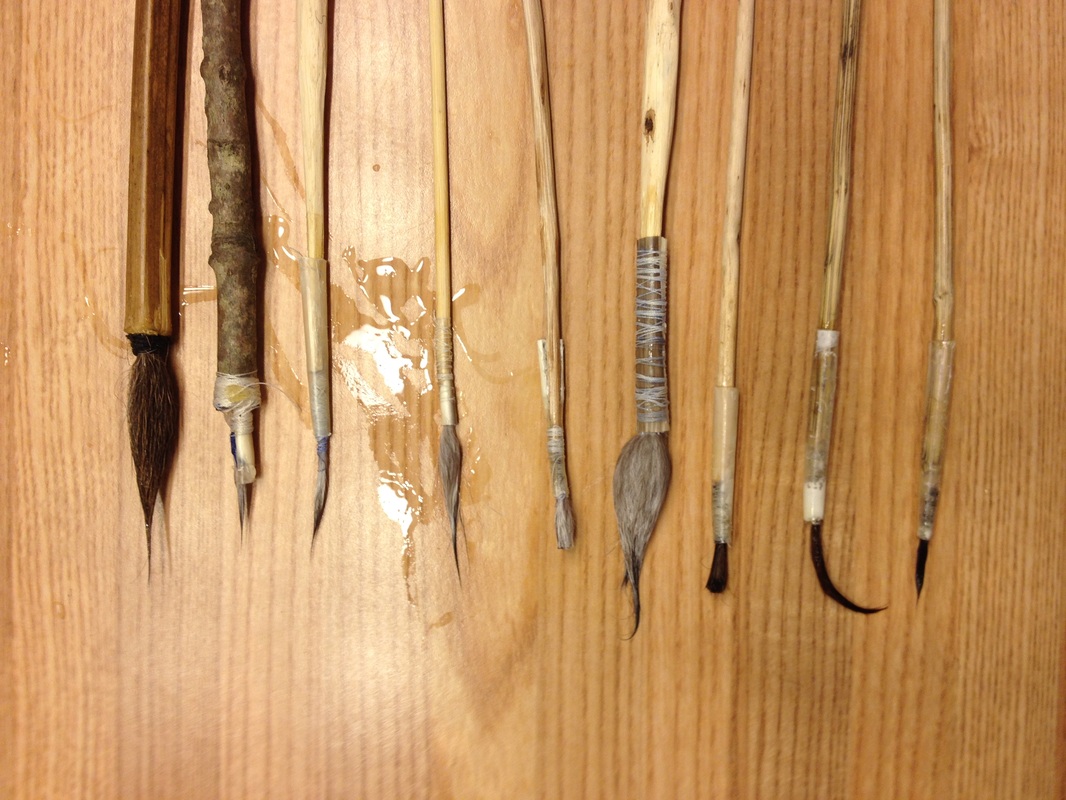


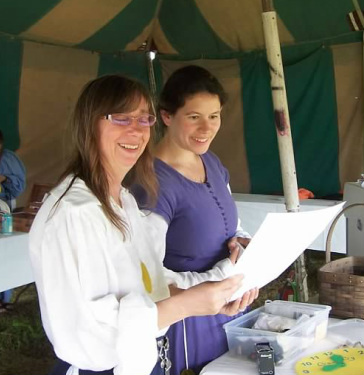
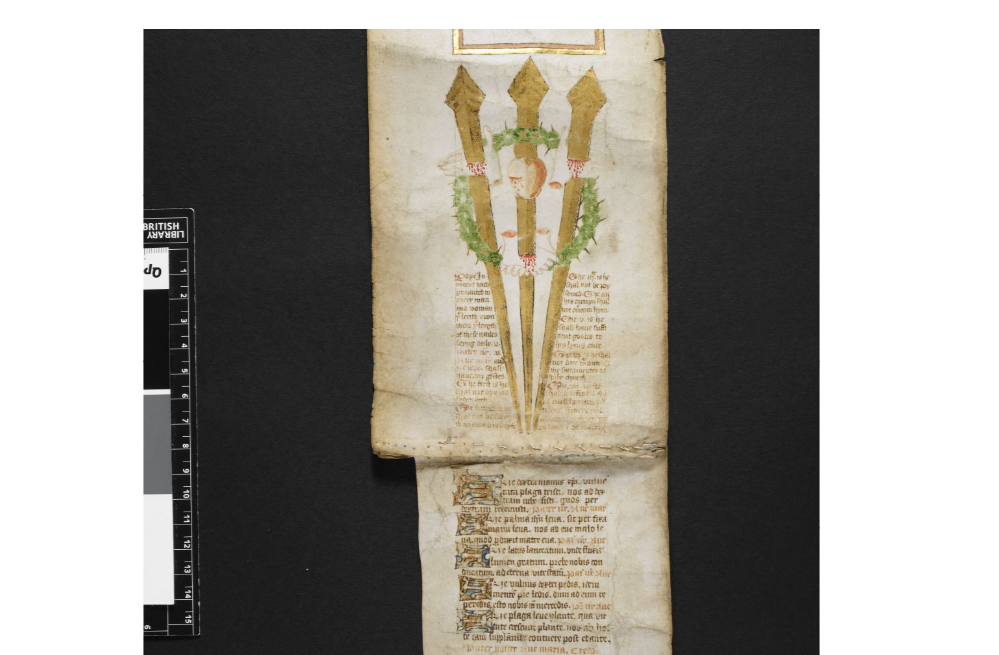



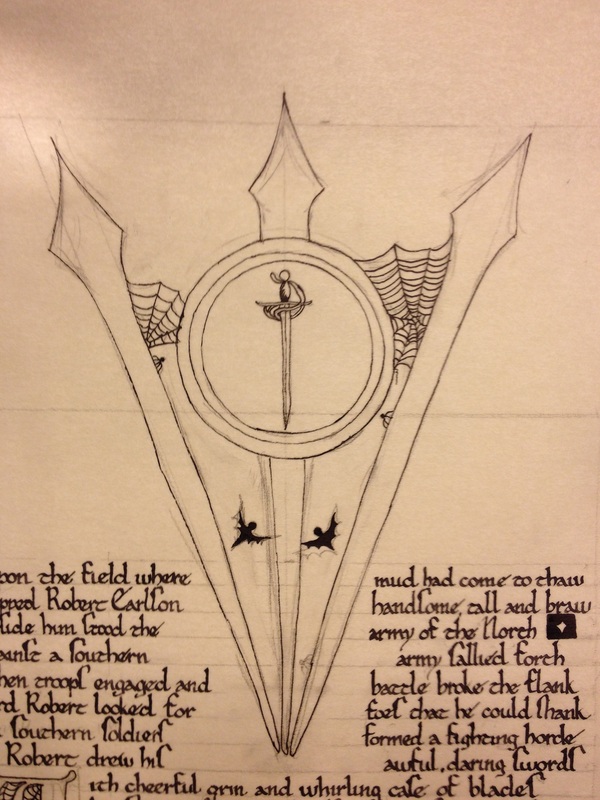

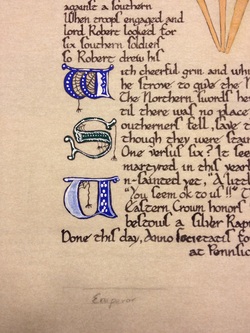
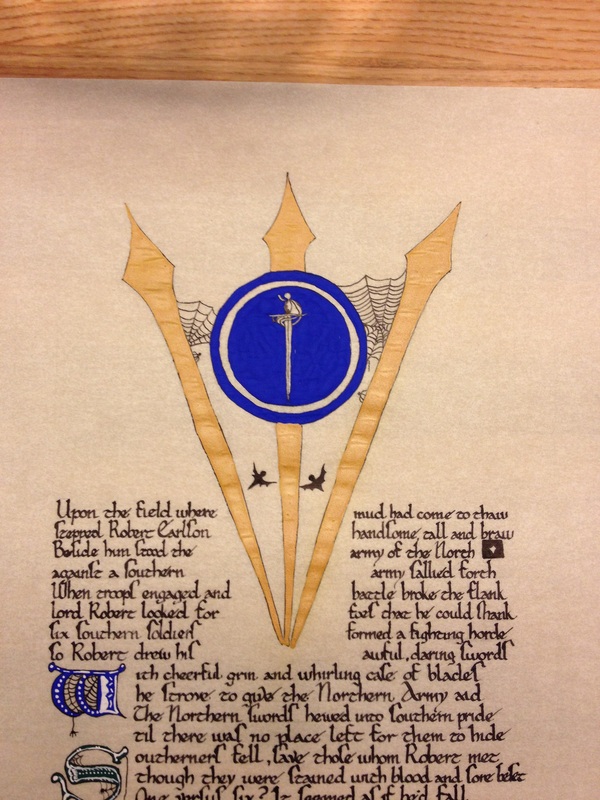

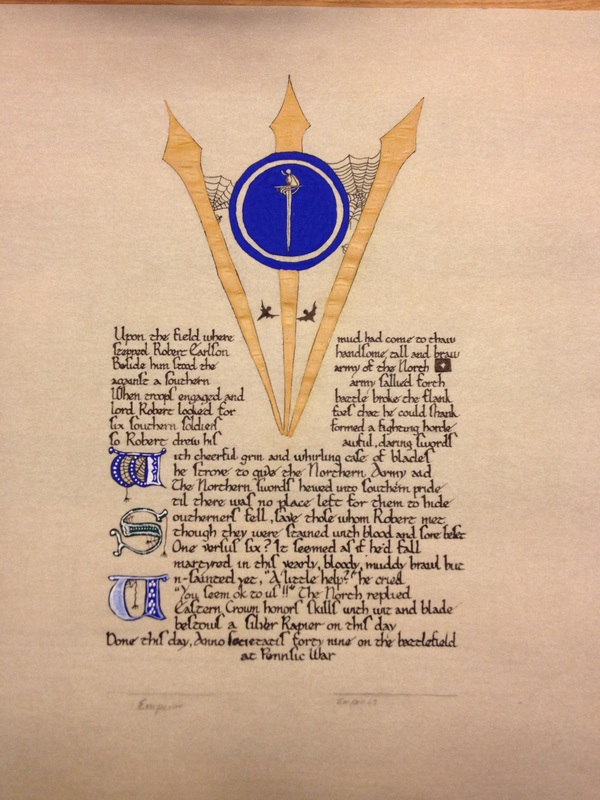
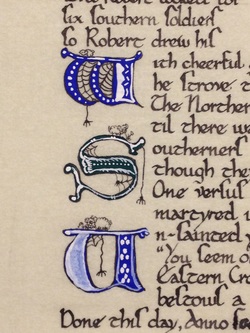
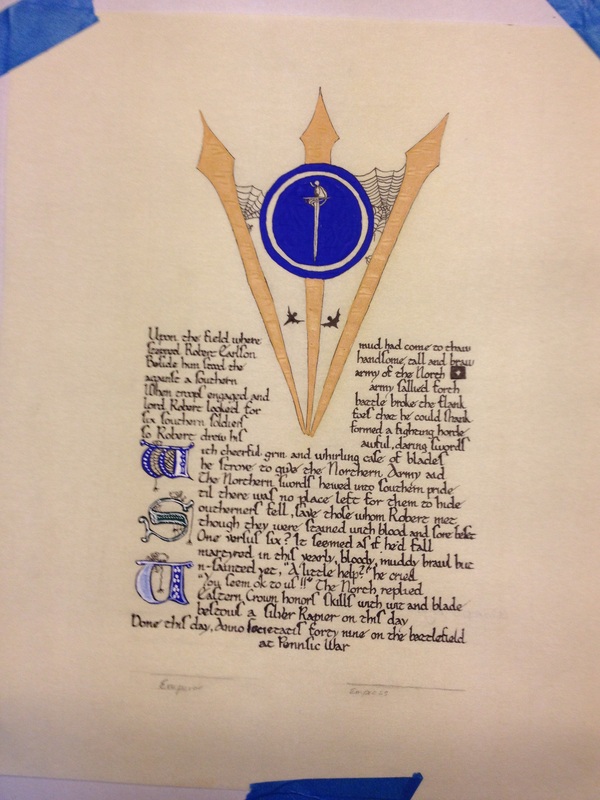


 RSS Feed
RSS Feed
